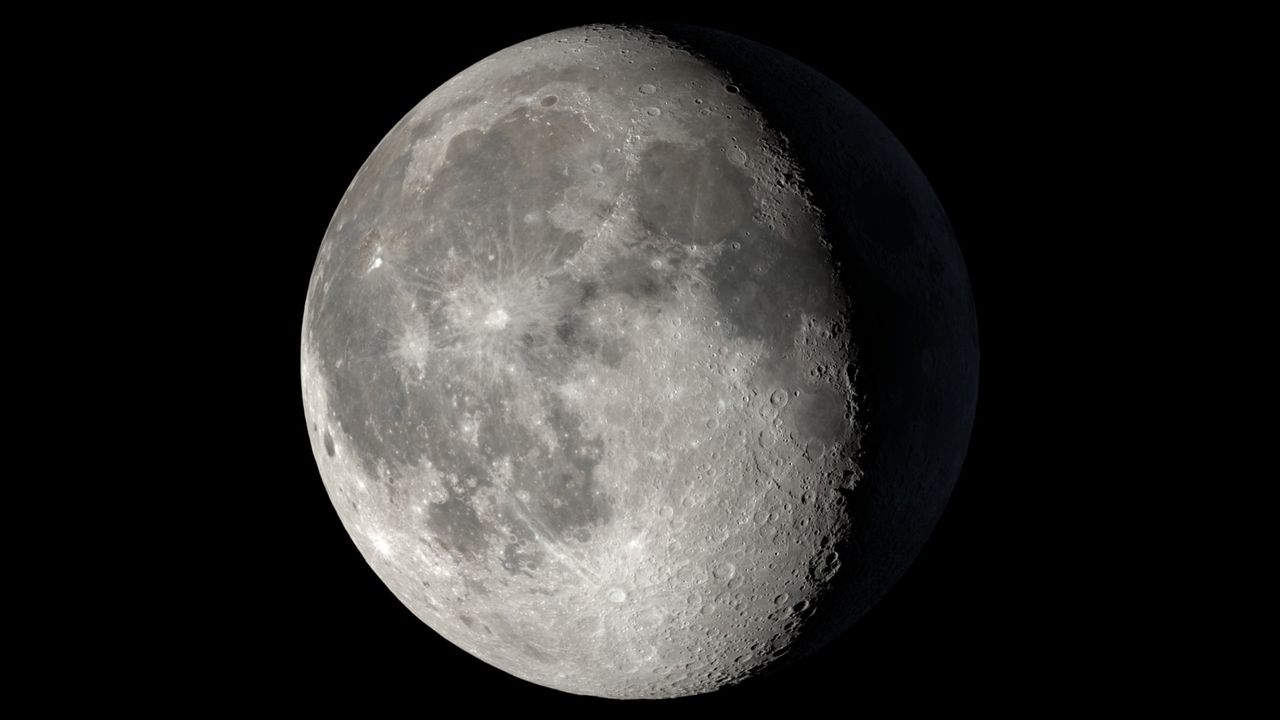The moon, Earth’s closest celestial neighbor, has long fascinated humanity, inspiring myths, scientific inquiry, and exploration. Its presence in our night sky has not only provided a source of wonder but has also significantly influenced Earth’s environment, from regulating tides to stabilizing the planet’s rotation. As we advance in space exploration, understanding the moon’s history and its role in our solar system becomes increasingly essential.
The Moon’s Influence on Earth and Beyond
Throughout history, the moon has served as a symbol of romance and mystery. Ancient cultures created myths surrounding its phases, often attributing supernatural qualities to its presence. In modern times, scientific exploration has revealed the moon’s dynamic nature. It affects ocean tides due to its gravitational pull, which plays a critical role in coastal ecosystems. Additionally, the moon’s influence on Earth’s axial tilt helps maintain a stable climate, making it an integral part of our planet’s environmental balance.
The moon’s significance is further highlighted by its involvement in one of humanity’s most remarkable achievements: the Apollo missions. Beginning in the 1960s, these missions marked the first time humans set foot on another celestial body. The first successful landing occurred on July 20, 1969, when astronauts Neil Armstrong and Buzz Aldrin walked on the lunar surface, leaving an indelible mark in the annals of space exploration.
A Gateway to Understanding Our Solar System
Beyond its immediate effects on Earth, the moon holds vital clues about the history and formation of our solar system. Its surface is a geological archive, containing information about the early solar system’s conditions. As scientists study lunar rocks and regolith, they uncover insights into the processes that shaped not only the moon but also the planets surrounding it.
Looking to the future, the moon is poised to play a central role in humanity’s aspirations for deeper space exploration. Plans to establish a sustainable human presence on the moon are underway, with various space agencies, including NASA and the European Space Agency, aiming to create habitats that will allow for long-term research and exploration. These efforts could pave the way for missions to Mars and beyond.
As public interest in space exploration grows, quizzes and educational initiatives about the moon aim to engage people of all ages. Such activities encourage learning and foster a deeper appreciation for our cosmic companion. By examining our understanding of the moon, we not only celebrate its beauty but also acknowledge its importance in the broader context of our universe.
In summary, the moon transcends its role as a mere celestial body. It is a vital component of our planet’s ecosystem and a key to unlocking the mysteries of the solar system. Engaging with its history and significance can inspire future generations to reach for the stars and continue exploring the wonders of space. The moon’s story is far from over, and its influence will certainly guide humanity’s journey into the cosmos.
